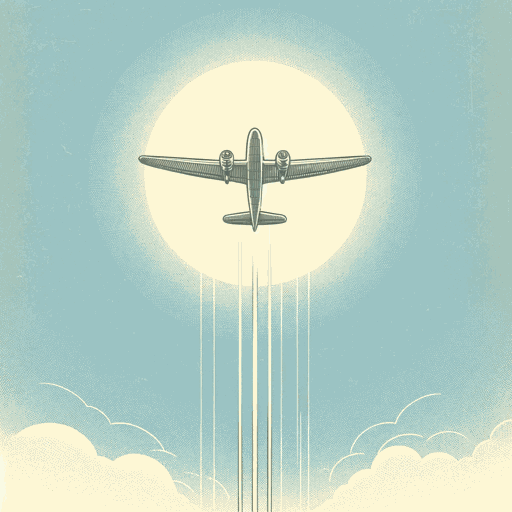18 pages • 36 minutes read
John Gillespie Magee, Jr.High Flight
Fiction | Poem | Adult | Published in 1942A modern alternative to SparkNotes and CliffsNotes, SuperSummary offers high-quality Study Guides with detailed chapter summaries and analysis of major themes, characters, and more.
Literary Devices
Form and Meter
In “High Flight,” John Gillespie Magee Jr. employs a variant sonnet form, which combines elements of the English sonnet with the Italian sonnet. The first eight lines, or octave, follow an ABAB CDCD rhyme scheme, which is a variation on the traditional English sonnet. The second stanza’s rhyme scheme echoes the traditional Italian sonnet and uses the EFEGFG rhyme scheme.
Magee also uses the more traditional structure of the Italian sonnet. The octave presents a situation or concern—in this case, the physical ascent into the sky by the Spitfire’s pilot. The next six lines, the sestet, shifts the tone and comments on the octave’s condition. The stanza break heightens this commentary as the sestet deals with the overwhelming feeling of awe the pilot experiences after reaching the “sanctity of space” (Line 13). The use of the more formal traditional form of the sonnet aligns “High Flight” with Romantic nature poetry despite the modernity of the aircraft which serves at its subject.
The Alliteration of “S”
Part of the appeal of flight is in a plane’s seemingly graceful path across the sky. Its smoothness seems graceful and sleek, like a bird.

